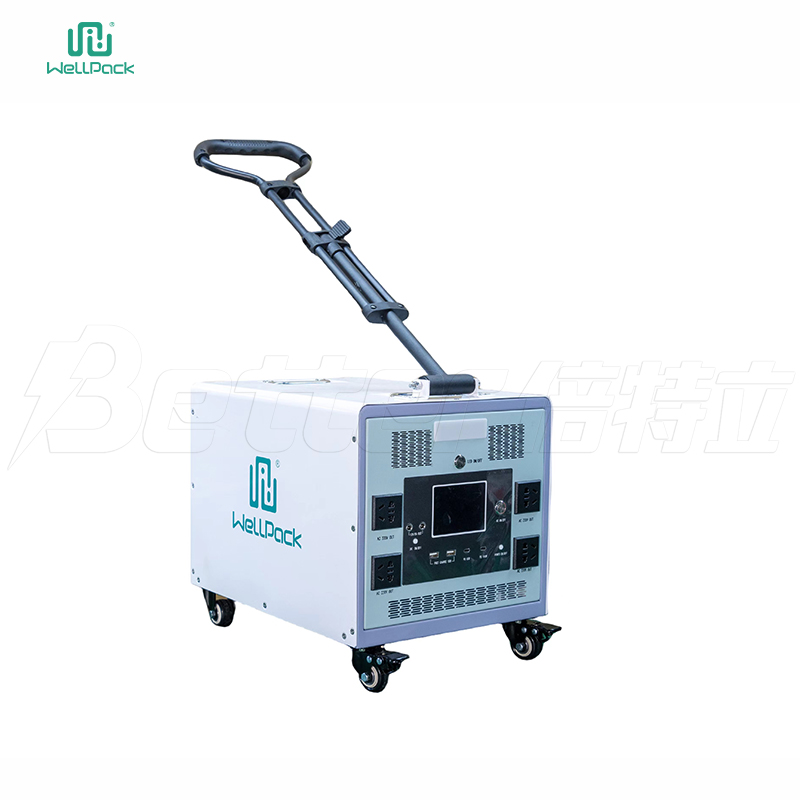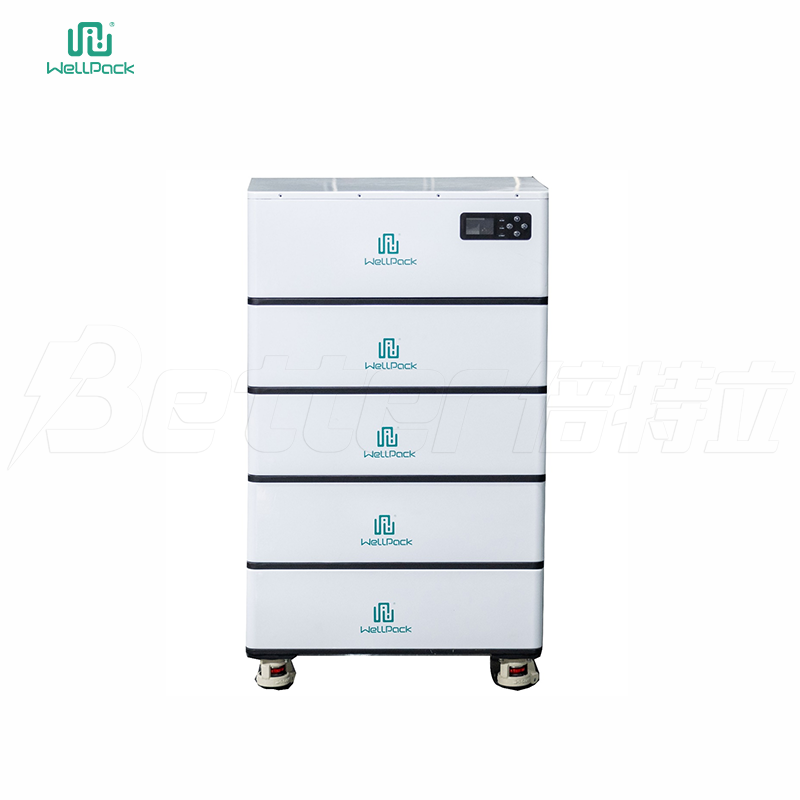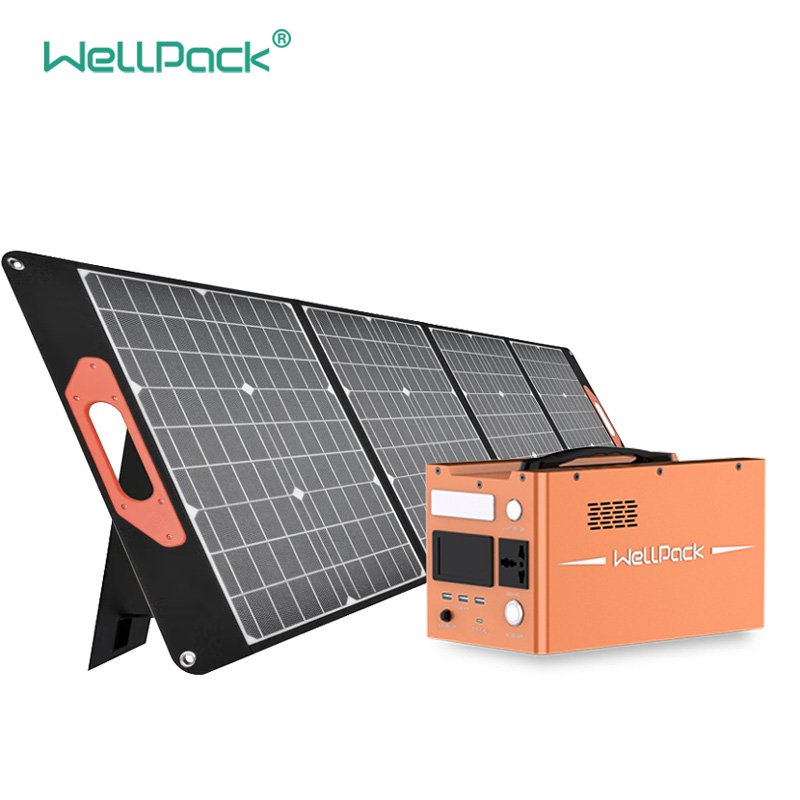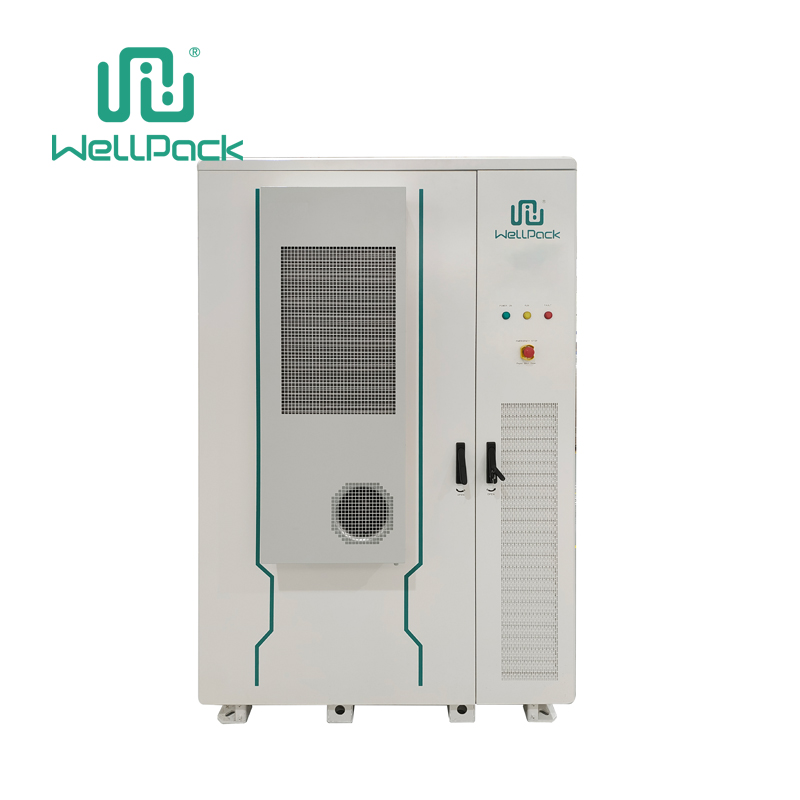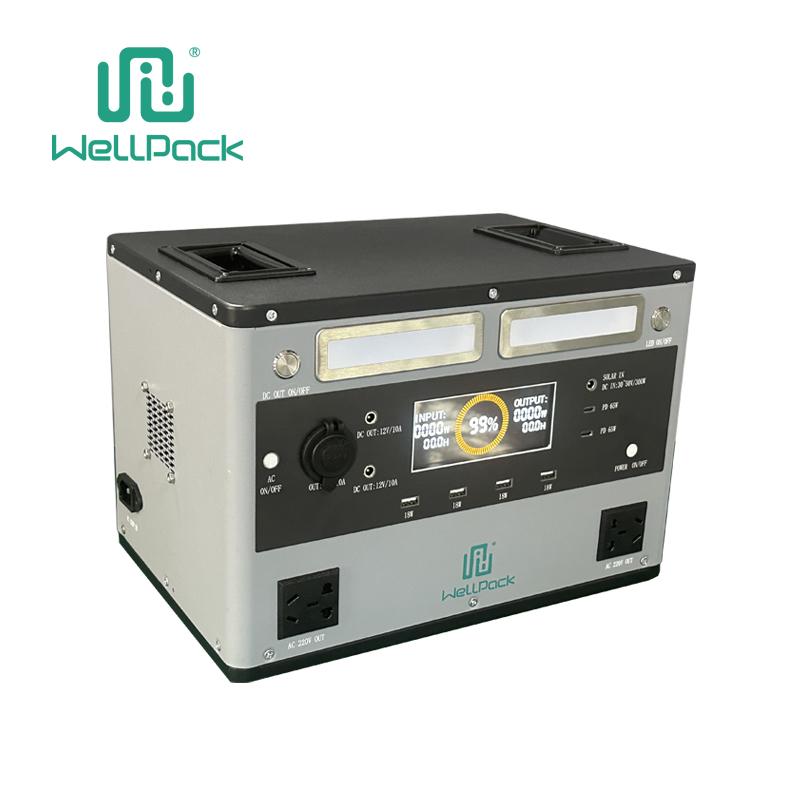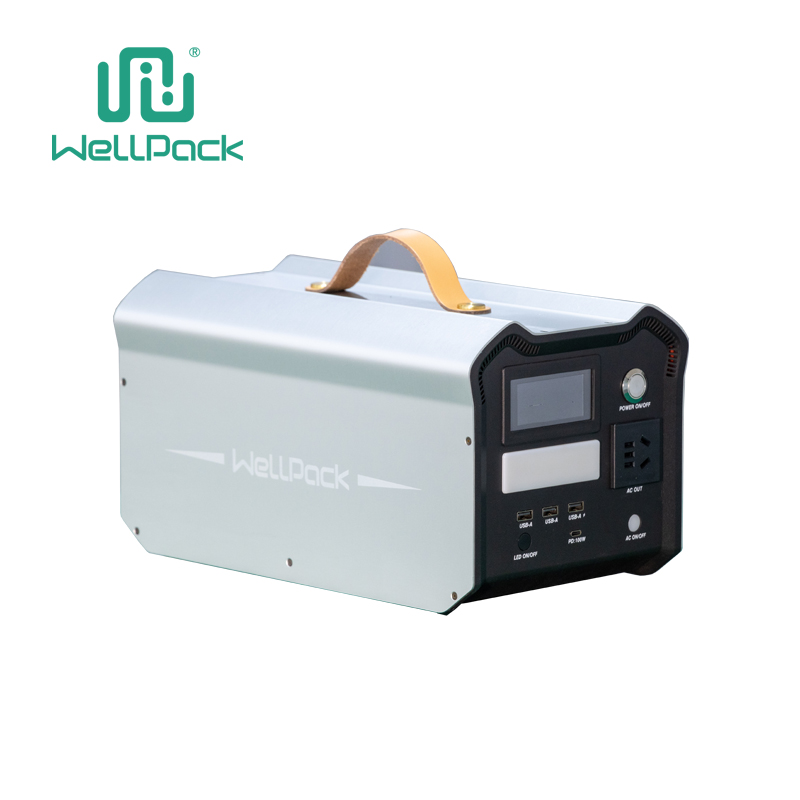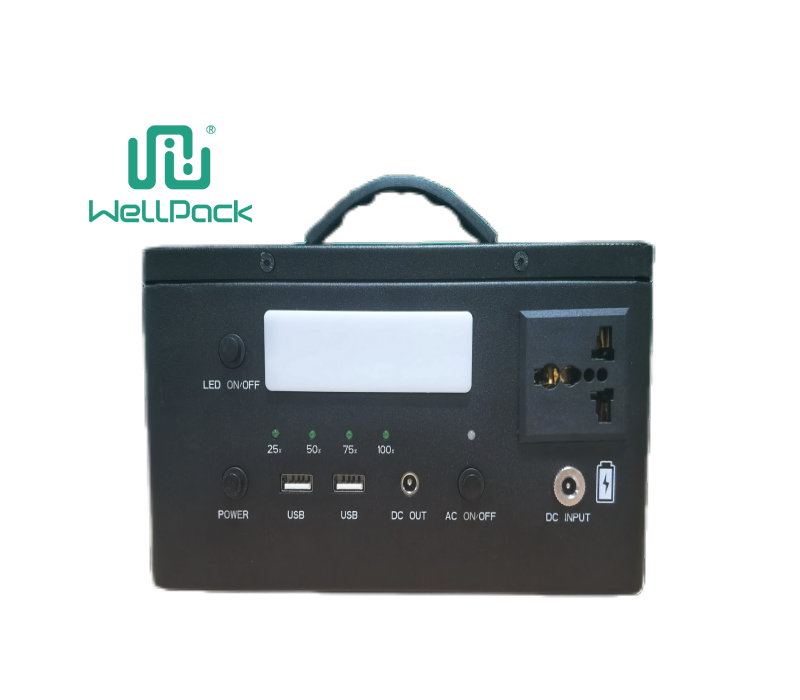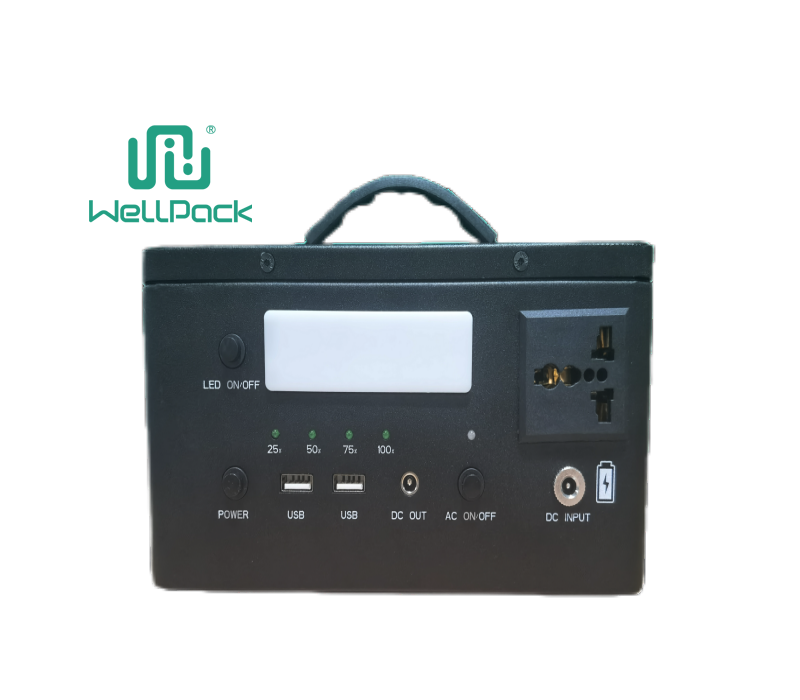Solar energy is a clean and abundant renewable energy source that can help reduce greenhouse gas emissions and combat climate change. However, solar energy is also variable and uncertain, meaning that it depends on the weather and the time of day. This poses a challenge for areas with electricity shortages, where reliable and affordable power is essential for development and human well-being.
Energy storage technologies: a key solution
One way to overcome the variability and uncertainty of solar energy is to store it when it is abundant and use it when it is needed. Energy storage can help smooth out peaks and dips in electricity demand and supply, as well as provide backup power in case of grid failures or emergencies.
There are different types of energy storage technologies that can be used with solar energy, such as:
Batteries: These devices convert stored chemical energy into electrical energy. They can be used at different scales, from household to grid-level, and have become cheaper and more efficient in recent years. For example, the Moss Landing Energy Storage Facility in California, US, is the world’s largest battery energy storage system so far, with a capacity of 300 megawatts.
Pumped hydro: This method involves pumping water uphill at times of low energy demand and releasing it through turbines to generate electricity at times of high demand. It is the most widely used form of energy storage, especially for large-scale applications. Hydropower, including pumped storage, is expected to remain the world’s largest source of renewable electricity generation.
Thermal energy storage: This technique involves storing heat or cold in materials such as water, molten salt, ice or phase change materials. It can be used to provide heating or cooling for buildings or industrial processes, or to produce electricity using steam turbines or heat engines. Thermal energy storage is predicted to triple in size by 2030.
Mechanical energy storage: This approach harnesses motion or gravity to store electricity. Examples include flywheels, compressed air and gravity-based systems. These technologies can provide fast and flexible response to grid fluctuations and power quality issues.
Energy storage technologies: a key challenge
While energy storage can offer many benefits for integrating solar energy into areas with electricity shortages, it also faces many challenges. Some of these include:
Cost: Energy storage technologies are still expensive compared to conventional fossil fuel-based power plants. The cost of energy storage depends on various factors, such as the type, size, location and application of the technology. The levelized cost of storage (LCOS), which measures the average cost per unit of electricity delivered by a storage system over its lifetime, varies widely across different technologies and regions.
Performance: Energy storage technologies have different characteristics in terms of power capacity, energy capacity, efficiency, lifespan and environmental impact. These affect their suitability for different purposes and scenarios. For example, batteries can provide high power output for short durations, while pumped hydro can provide low power output for long durations. Moreover, some energy storage technologies may degrade over time or lose efficiency due to cycling or self-discharge.
Reliability: Energy storage technologies need to be reliable enough to meet the electricity demand in areas with electricity shortages, where power outages can have serious consequences for health, education and economic activities. However, the reliability of energy storage depends on the availability and quality of the solar resource, as well as the design and operation of the system. For instance, a study by Tong et al. found that even with perfect transmission and annual generation equal to annual demand, but no energy storage, solar-heavy systems could only satisfy countries’ electricity demand in 48–79% of hours (compared to 72–91% for wind-heavy systems). Adding 12 hours of storage could increase this range to 65–88% for solar-heavy systems (and 83–94% for wind-heavy systems), but still leave hundreds of hours of unmet demand annually.
Conclusion
Solar energy and energy storage can have a significant role in providing clean and sustainable power for areas with electricity shortages. However, they also face many technical, economic and social challenges that need to be addressed. Therefore, a holistic and integrated approach is needed that considers not only solar and wind resources, but also other renewable sources such as hydroelectricity, geothermal and biomass; as well as other solutions such as demand management, curtailment and regional aggregation. Moreover, the development of energy storage should be aligned with the needs and preferences of the local communities, as well as the environmental and social impacts of the technologies.

